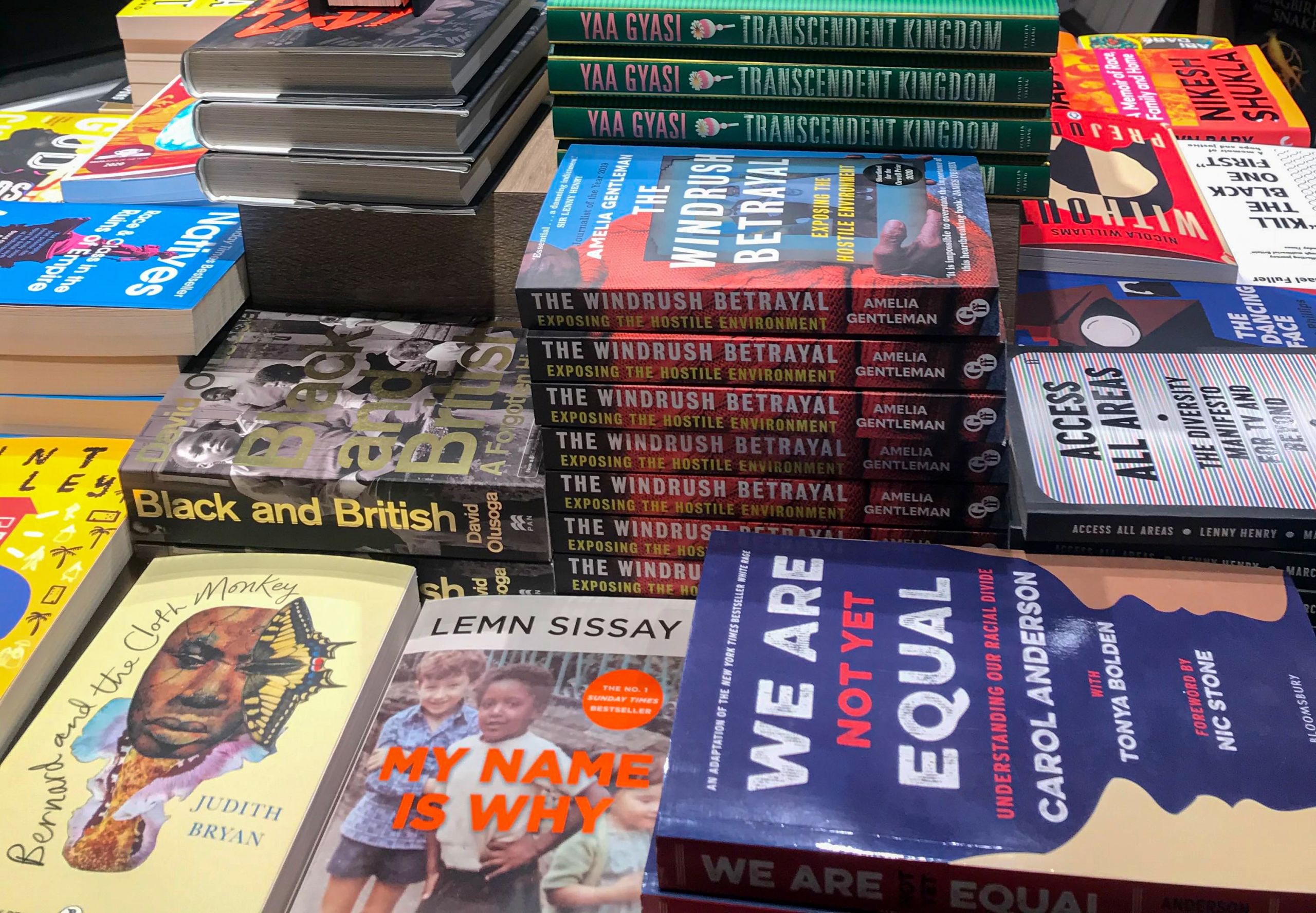Who Publishes the Books?
Bridging the gap to diversity within the publishing industry

What have publishing companies been doing?
The publishing industry has established that it has a problem maintaining diversity and inclusion. In February 2021, Publishers Association conducted a workforce survey which determined around 13% of the workers were from Black, Asian and minority ethnic groups. This percentage is considerably low as 40% of ethnic minorities reside in London, the home of most of the UK’s publishing companies.
Many publishing houses have made attempts to combat the homogenised system, Penguin Random House released an inclusion pledge in 2016 which aims to ‘reflect UK society’ by 2025. In their 2018, Creative Resonsponbilty Report, recruits increased, 7.2% identified as Asian and 6.9% identified as Black. Penguin also released the imprint, #Merky Books in efforts to publish a new generation of voices and provide opportunities for under-represented groups.
The same year, Hachette created the imprint, Dialogue Books to publish stories ‘for, about and by underrepresented voices’. The publishing house also hired its first diversity and inclusion manager, Saskia Bewley to oversee Hachette’s diversity scheme, Changing the Story. Which offers an inclusion plan that involves a year-long diversity traineeship programme and efforts to diversifying recruitment. Saskia spoke to BookBrunch “In little under three years, diversity and inclusion engagement at Hachette UK has seen incredible growth, and what began as 13 colleagues now stand at more than 150. Our largest and most established networks are our Gender Balance Network and Thrive (our BAME network), which both have more than 200 members”.
Saskia outlined how Hachette has been moving forward with “communication, ensuring alignment of network goals to strategic business objectives, as well as providing a channel for the business to listen to the needs of employees, offer support and facilitate change. We have introduced operational guidelines for our networks to provide a steer in terms of an operating model, the setting of key performance indicators and communication”
HarperCollins formed Elevate an employee-led system to create a supportive atmosphere for Black, Asian and ethnic minority staff. HarperCollins US, appointed Gisselda Nuñez as Head of Diversity, Equity and Inclusion whose role is to enhance diversity development programmes and advocate change. Simon & Schuster US also took a step towards employment and hired a new vice president and executive editor, Aminda Marqués González. However, the firm decided to relinquish 37 Ink, an imprint that focused on under-represented groups.
Simon & Schuster publisher, Dana Canedy expressed to The New York Times the decision behind this “I want everyone publishing what would formerly have been thought of as 37 Ink books. Not to say we didn’t have books by and about people of colour, but all of the books we acquire by and about people of colour should be Simon & Schuster books.”. To this end, publishing companies are assigning senior roles and making constitutional changes to represent the world more accurately.
In 2017, Publishers Association released a 10 point diversity and inclusivity action plan. This suggests the 140 publishing companies involved, hire interns from Creative Access, a company focused on the employment of individuals from underrepresented groups. Although authors, diversity experts and publishing insiders have accused the industry of being trend and market-focused and just offering lip service to preserve the industry's image.
Look through the viewpoints of three independent publishers taking on a do-it-yourself approach and a diversity expert who discusses how the industry can progress.

